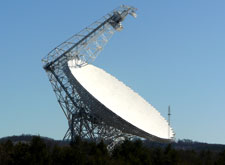Ka-band Update For The 11A GBT Call for Proposals
Current Status of the Ka-band (26-40 GHz) Receiver
During the summer of 2010 the Ka receiver was rebuilt in an effort to provide better spectral line performance. The 180 degree hybrids were replaced with 90 degree hybrids (look here for details).
The Ka receiver was recommissioned in October 2010 and it has been release for observing with all relavent backends. The receiver performance for each backend is as follows.
CCB
There are no changes in the performance of the Ka receiver and the CCB as was expected from the nature of the changes made to the receiver.
GBT Spectrometer
Since the GBT Spectrometer does not use the correlation architecture of the receiver, the change in the receiver hardware was not expected to have a significant change the Spectrometer's baseline performance. But, we expected changes in system temperatures (Tsys) and total bandwidths.
Figure 1 shows the measured Tsys with a frequency resolution of ~1 MHz under weather conditions that are slightly worse than 'typical' for Green Bank winters (tau ~ 0.1). The lower, smooth line shows the expected contribution to Tsys from the atmosphere at the time and elevation of the observation, plus the expected contributions from spillover and the CMB. The difference between the measured and smooth curve is the contribution to Tsys from the receiver.
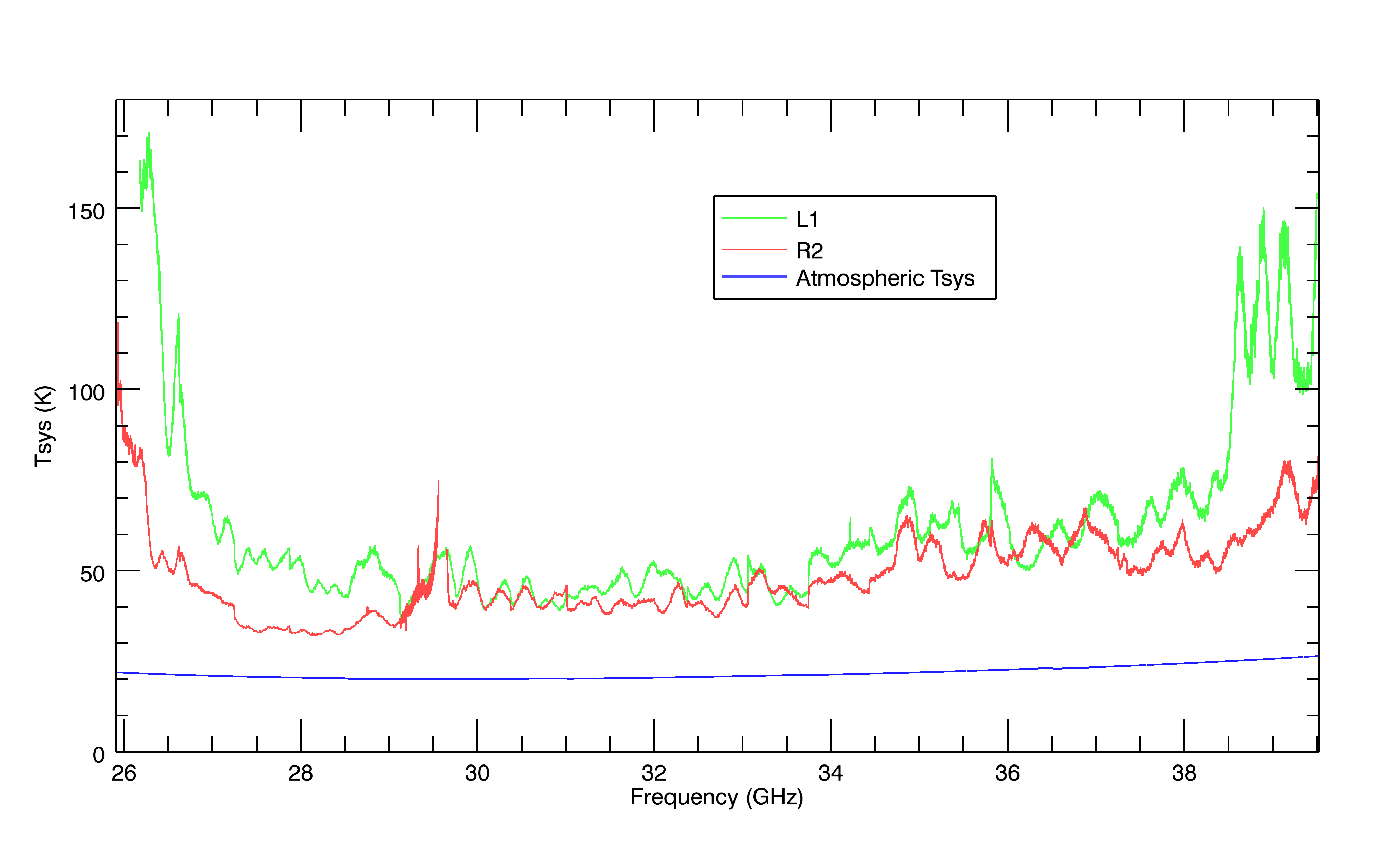 Figure 1. Click image for a larger view.
Figure 1. Click image for a larger view.
Previously, the receiver had unacceptable Tsys above ~36 GHz. Now, the performance is good to ~38.2 GHz in both channels and 40 GHz in one. Unfortunately, at the lower end of the band the performance is poor below ~26.5 GHz -- in previous seasons, performance was good down to 26 GHz.
Figure 2 shows the measured values of the noise diode, using 3C48 as the calibrator. Depending upon the details of an observer's analysis algorithms, ghosts of the frequency structure in Figures 1 and 2 can often appear as baseline structure in the final spectra whenever there is any significant instabilities. The structure in Tsys (Fig. 1) looks to be about the same as in previous years while the structure in the diode value is significantly flatter. Thus, as a general, loose conclusion, one can expect baseline structures that are no worse and maybe sometimes better than those observers experienced before this summer's modifications.
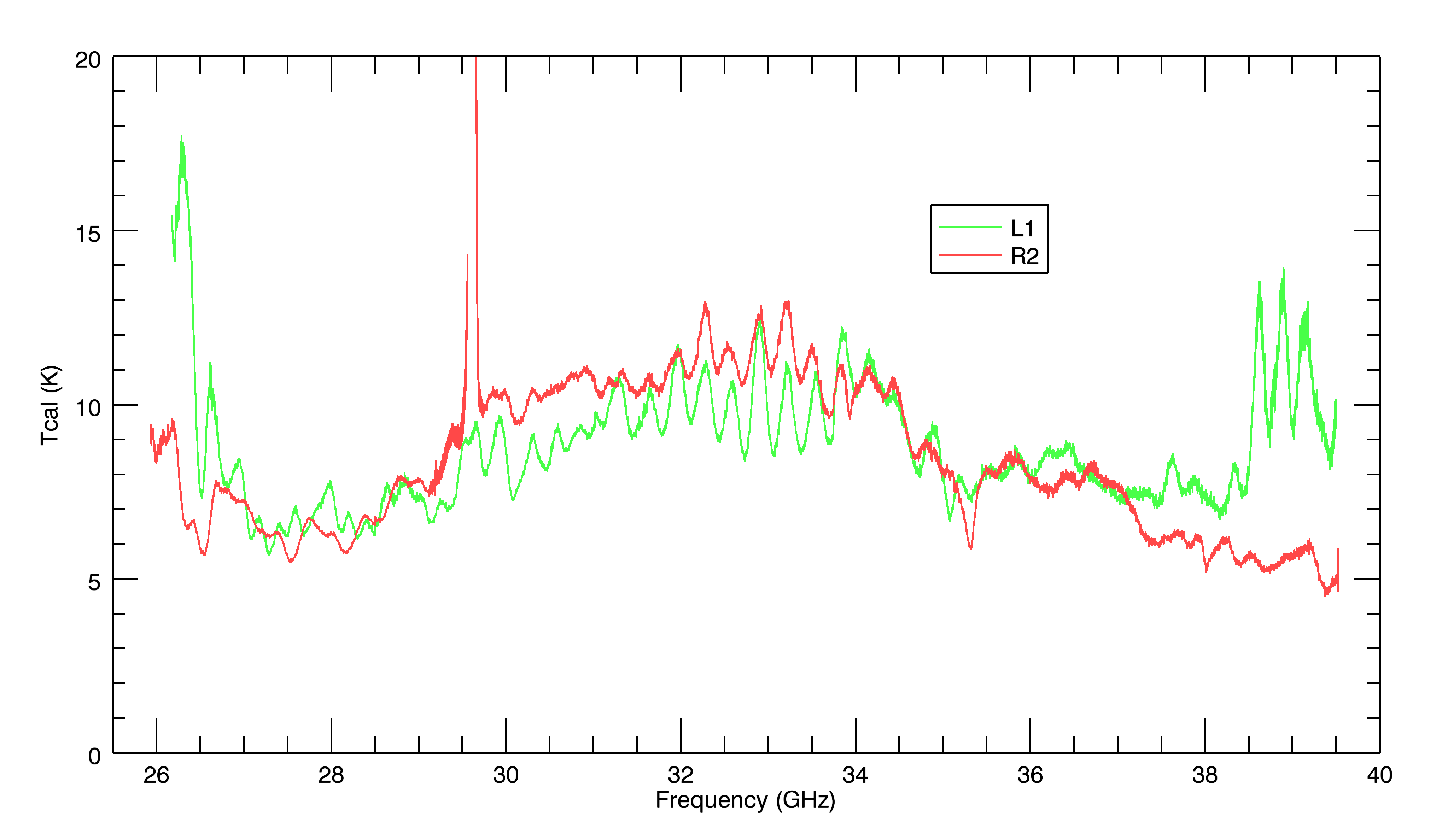 Figure 2. Click image for a larger view.
Figure 2. Click image for a larger view.
To further test for baseline structures, we observed a high-Z CO(1-0) line -- detecting such a weak, wide line is problematic when there is significant baseline structure or receiver instabilities. We repeated observations of a source that was detected in 2008 using the same observing technique (subreflector nodding), about the same integration time, and under nearly identical weather conditions and elevations. Figure 3 shows the calibrated average, using the recommended vector calibration method for wide lines, but with no other processing done. In Figure 4 the data have been appropriately smoothed and baselined with a 4th order polynomial. The parameters of the detected line agree with the previous observations, to within the measurement errors. Thus, it is relatively easy to detect an ~7 mJy line of known frequency that is ~270 km/s wide. Lines that are stronger or narrower than this should be even less susceptible to baseline shapes and instabilities. There's also no doubt that Zpectrometer remains the backend of choice whenever you are trying to detect wide lines with unknown frequencies.
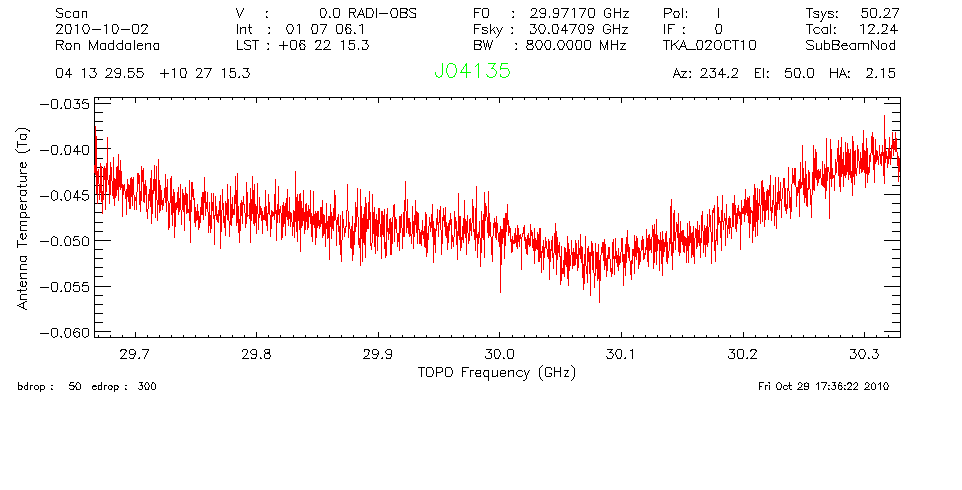 Figure 3. Click image for a larger view.
Figure 3. Click image for a larger view.
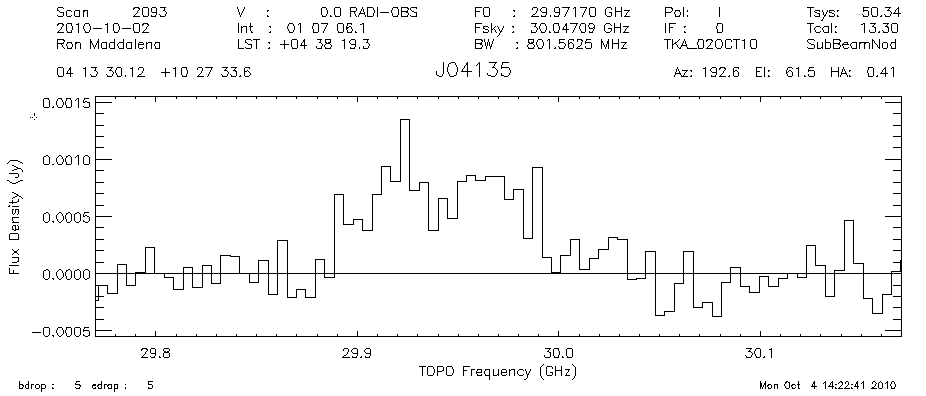 Figure 4. Click image for a larger view.
Figure 4. Click image for a larger view.
During our investigation of an LO amplifier problem, we examined the receive bandpass for RFI using analysis software that was just recently crafted. Typical results are shown in Fig 5. There is an expected RFI line at 29.333 GHz, which is twice the frequency of the first local oscillator. But, surprisingly we found about a dozen other low-intensity lines across the band. By covering the feed of the receiver, and by varying oscillator settings, we have determined that the lines are internally generated somewhere before the second mixer, which is located in the mm-wave converter. (If the RFI is generated before the first mixer then both CCB and Zpectrometer observations might be affected.) When we apply the new algorithm to archived Ka-band data we find mostly the same lines. As a check on our procedure, we don't find similar lines when we process data from other receivers. We will continue to try to determine the source of the lines.
Since RFI lines existed in previous version of the receiver, and no observer has reported them, the lines may not be adversely affecting observations. Because such RFI features are extremely narrow, they are usually easily distinguishable from astronomical lines. We suggest all observers should be wary of any unexpectedly detected line that have a width comparable to that of a channel.
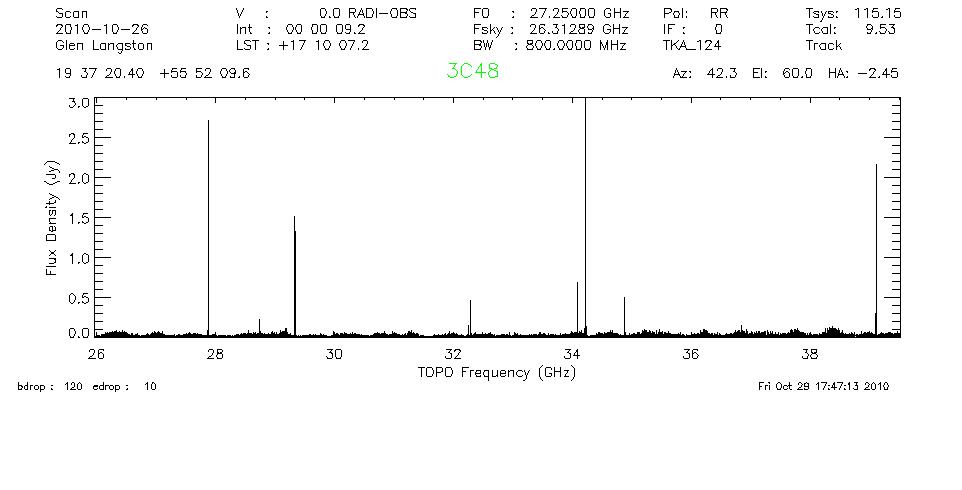 Figure 5. Click image for a larger view.
Figure 5. Click image for a larger view.
Zpectrometer
The Zpectrometer was checked out by Andy Harris and Andrew Baker. Their conclusions are:

